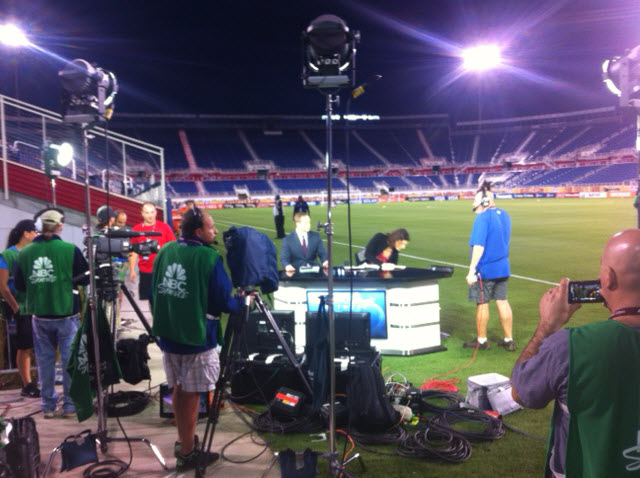There’s a reason that nature filmography, especially of animals, is so highly prized. The shots can be incredibly difficult to capture. Cinematographers must first scout a location and even be prepared for hours of waiting while battling all the variables that Mother Nature can throw at them.
Many cinematographers are turning to assistance from drones to capture animal subjects in their natural habitat and obtain aerial shots. Drones can be equipped with different types of cameras, provide unique angles, and allows video capture that minimizes the danger to humans. However, drones are subject to the same types of environmental problems as traditional equipment.
Filmography is a day and night time endeavor, depending upon the subject. When filming at night, cinematographers may need a combination of remote, light intensifying starlight, and infrared cameras, along with thermal imaging.
Extremes of cold are challenging for people and are particularly hard on film equipment. From lights to cameras and batteries, they can all fail at a critical juncture. Those filming in very cold climates will benefit from bringing additional parts, batteries, and taking precautions that provide ways to warm equipment. It can be as simple as warming batteries with body heat or filming in short bursts.
Heat extremes can be encountered in jungles, deserts and grasslands. Aside from taking additional parts that can be interchanged if one fails, a space blanket can be used to shade and reflect heat from delicate equipment. Coolers are effective when power is available to operate them. Equipment will require protection from blowing sand or moisture in jungle environments. Don’t charge batteries if they’re hot.
Some natural phenomena, such as fog, clouds, rain and sun, can actually be used to an advantage in filming. It’s imperative that cameras and any equipment be waterproof for filming in locations that are prone to fog and unexpected rain.
In fog and snow, different camera settings will be required to pick out details rather than showing a solid wall of gray or losing the subject in the “noise” that snow creates. Clouds can appear quickly and while they can be great to mask overly bright sunlight, always travel with appropriate illumination methods to counter their effects.

